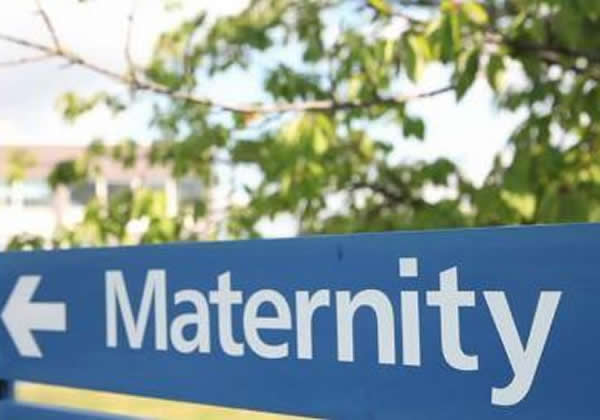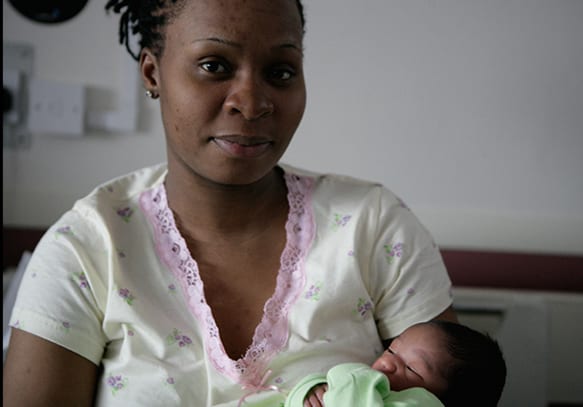Transcript – Waters breaking
This information is about the normal signs and symptoms that indicate that you may be going into labour, including your waters breaking, or releasing. These things are important to know so that you can be prepared and cope better with labour once it comes.
The cervix is the neck/entrance of the uterus (womb), which thins out and opens during labour for the baby to come out.
There are 3 different stages in labour:
The first stage starts with the onset of regular contractions along with the dilation or opening of the cervix and ends when the cervix is fully open, said to be 10cm.
The second stage, often known as the ‘pushing’ stage, starts from when the cervix is at 10cm and ends when the baby is born.
The third stage is from the birth of the baby to when the placenta is delivered.
The first stage can be broken down into latent and active stages. The latent phase is the early beginning of labour, which consists of irregular painful contractions or surges, and some changes to your cervix as it opens up to 4cm. The active first stage is when there are regular, strong contractions and the cervix continues to open from 4 cm.
One sign of going into labour is your waters breaking. You might not be aware that this can happen before labour, in early or active labour, or not until your baby is born.
As the baby descends, the head will put pressure on the membranes, which are like a balloon which hold the waters surrounding your baby. The pressure of baby’s head can cause the membranes to tear and your waters to break through. This can happen in a big gush or trickle.
The normal colour of your waters will be clear, sometimes described as ‘straw coloured’, or creamy/white, possibly with a tinge of pink. A green/black colour would mean that the baby has had a poo into the water. Midwives call this ’meconium’. It could be a sign that the baby is a little bit stressed or that your baby is just ready to use its bowels.
If your waters break, it is important to note the colour of the waters so you can let your midwife know. It is a good idea to use a maternity pad to help catch any leaking waters or to show your midwife the colour. If you notice the colour of your waters to be red or a green/black colour, make sure to contact the hospital straight away. If you think that your waters have broken, you should ring the hospital to ask their advice, as they may ask you to come in. If your waters break before you are 37 weeks pregnant, this might suggest preterm labour and you should contact the hospital immediately.
Sometimes waters break before labour starts. This is called Premature Rupture of Membranes or PROM for short. Research shows that when waters release before labour starts, most people will go into labour within the next 24-48 hours. If that doesn’t happen, you might need some assistance to help you get started in labour.
Very rarely, waters don’t break at all, and the baby is born inside its bag of waters also known as the amniotic sac.
One important thing to remember when you reach the end of your pregnancy and start to notice signs and symptoms of labour is to think about your baby’s movements. You may hear people say that it is normal for the baby to move less towards the end of pregnancy. However, babies continue to move during labour and birth. Your midwife will discuss your baby’s movements with you in your antenatal appointments. You may have noticed a pattern in your baby’s movements, and it is important to recognise what is normal for your baby. If you notice your baby is not moving as they usually would, please contact your midwife or maternity team straight away to get it checked out.






